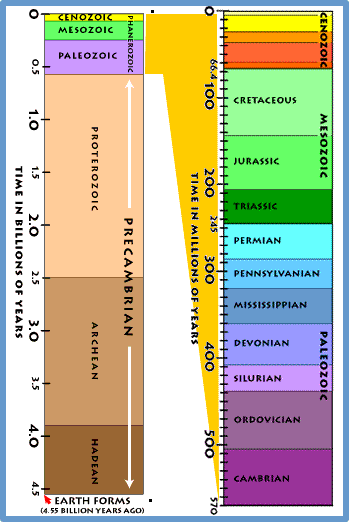The geologic timescale. The column on the right is the enlarged top section of the column on the left.
Modified from USGS
Geologic Time: Our Old Earth
We know that the Earth is very old – about 4.6 billion years old. This huge amount of time is called geologic time. Our understanding of Earth’s age comes from its rocks. The rocks that are exposed at Earth’s surface are all different ages. Some are quite young, recently made by volcanoes spitting lava or beach sand that was cemented together. Others are quite old, exposed as plate tectonic movements push ancient rocks to the surface or as younger rocks weather away. Scientists who study these rock layers have developed our understanding of geologic time based on their findings.
Basically, the 4.6 billion years of geologic time is expressed graphically in a timeline divided into broad sections of time called Eras and smaller sections of time called Periods. Having names for the different time periods helps people communicate about when events happened long ago such as when a dinosaur lived, when a volcano erupted, or when an asteroid hit.
Last modified August 20, 2004 by Lisa Gardiner.
You might also be interested in:
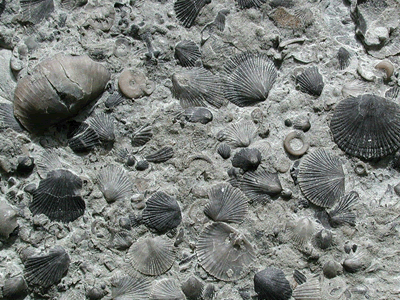
Diversity among the ancestors of such marine creatures as clams, sand dollars and lobsters showed only a modest rise beginning 144 million years ago with no clear trend afterwards, according to an international
...more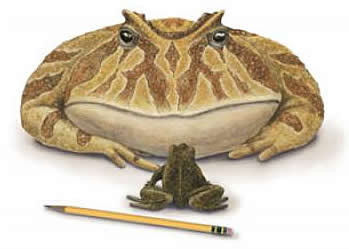
A team of researchers, led by Stony Brook University paleontologist David Krause, has discovered the remains in Madagascar of what may be the largest frog ever to exist. The 16-inch, 10-pound ancient frog,
...more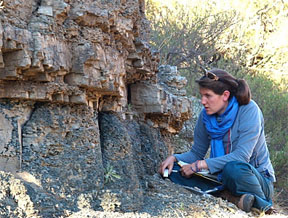
New scientific findings by geologist Robert Gastaldo of Colby College in Waterville, Maine, and colleagues call into question popular theories about the largest mass extinction in Earth's history. A paper
...more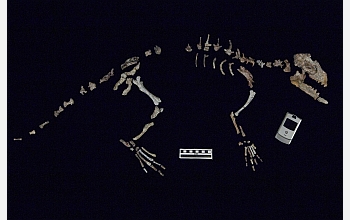
Scientists have discovered the missing link between whales and their four-footed ancestors. The result is reported in this week's issue of the journal Nature. The research is funded by the National Science
...more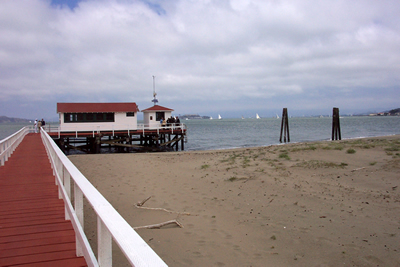
Measuring sea level, the level of the ocean surface, continually over many years allows scientists to calculate whether sea level is changing. This helps us to understand how much sea level rise is happening
...more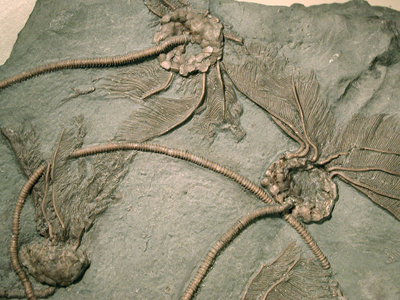
If you are curious about Earth's periodic mass extinction events such as the sudden demise of the dinosaurs 65 million years ago, you might consider crashing asteroids and sky-darkening super volcanoes
...more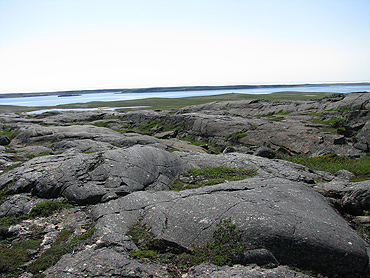
Canadian bedrock more than 4 billion years old may be the oldest known section of the Earth's early crust. Scientists at the Carnegie Institution of Washington and McGill University in Montreal used geochemical
...more
